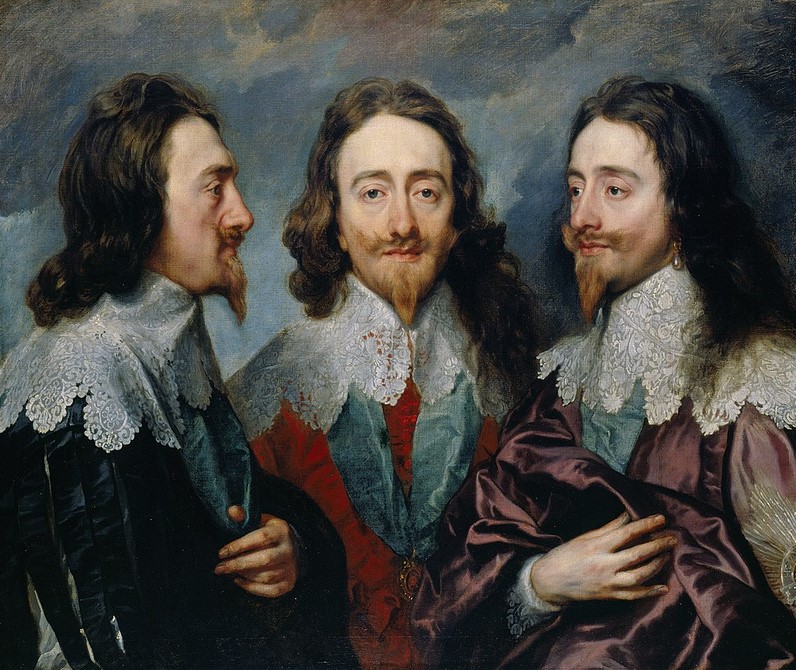Bernini's Studio: Where Europe Came Calling
Rome, Italy
Although Bernini had already gained fame under several popes, it was only with Urban VIII that he was offered opportunities commensurate with his genius to imprint his style on the architecture and sculpture of Rome. He worked with him for about forty years (1623-1644), a long period during which he was the creator of numerous and important artistic, architectural, and urban commissions, culminating in the grandiose Baldacchino (Baldachin) of St. Peter's Basilica.
Having completed this final work, Pope Urban VIII, before rewarding him, wanted to consult several people. One of them, evidently inexperienced, proposed giving the artist a gold chain worth five hundred ducats. "Excellent," replied the Pope, "the gold will be for Bernini, and the chain for the one who gave such advice." And so the pope had 10,000 scudi delivered to Bernini, assigned him various pensions, and gave a benefice to each of his brothers.

Gian Lorenzo Bernini, Self-Portrait (c. 1623); oil on canvas, 38 × 30 cm, Galleria Borghese, Rome, and portrait of Pope Urban VIII by Gian Lorenzo Bernini (1632)
The artist was praised by many writers for his work, which was of unmatched mastery. His fame spread throughout Europe, and illustrious figures and sovereigns, eager to obtain some rare creation from his hands, begged him by letter or sent their ministers so that he would work for them too. Everyone knew that Bernini rarely traveled abroad: the celebrated sculptor left the Italian peninsula only once, to go to France, to Paris and Versailles, where the court of King Louis XIV of France was held.

Gian Lorenzo Bernini - Medal 1674 - Work by: Cheron AE (g 91.82 - Ø 71 mm) Later copy
It seems the Sun King appreciated Bernini so much that in 1674 he ordered Cheron to engrave a large bronze medal to be minted in honor of the Neapolitan artist, who in 1668 had worked in vain with his plans on the restructuring of the Louvre. The French engraver placed on the obverse of the medal a finely worked portrait of Bernini, with a motto attributed to the sovereign:
Eques Joa. Laurent. Berninus etatis sue anno 76
Knight Giov. Lauren. Bernini in the 76th year of his age.
On the reverse, he depicted, in an ingenious composition, four arts in elegant figures: sculpture, painting, architecture, and mathematics, with the motto inscribed around the edge:
Singularis in singulis in omnibus unicus
Unique in each thing, one of a kind in all).

Charles I in Three Positions (1635-36), a triple portrait of Charles I by Sir Anthony Van Dyck (1599 - 1641), sent to Rome for Bernini to model a bust on.
Therefore, unless buyers went directly to his Roman studio, agreements and sales happened via correspondence or through third parties. This is what Duke Francesco d'Este of Modena did; Cardinal Armand de Richelieu; the Spanish King Philip IV, for whom Bernini created a larger-than-life bronze Crucifix to be placed in the chapel of the royal tombs; and Charles I, King of England, who instead wanted to be portrayed in marble by the master's skilled chisels. Thus, the English sovereign sent him a letter expressing his desire. The great sculptor accepted, but needing a model to work from, he asked for a portrait to be sent to him. Antoon van Dyck took care of this, who, since entering the service of the English crown, had executed numerous portraits of the sovereign. This case, however, was an exception: its primary purpose was not to portray the king to celebrate the power of the monarchy or to exalt the figure of Charles I, but to facilitate and make Bernini's work more precise.
Painting is similar to Music; for a picture to be perfect in order and color, it must produce to the eyes a harmony as perfect as a well-executed concert produces to the ears.
Thus, the Flemish painter portrayed the king from three different perspectives and the painting was sent to Rome, where Gian Lorenzo Bernini awaited it.
The painting was greatly admired and remained in Bernini's house until his death in 1680. Afterwards, it passed by his will to his brother Luigi. Today it is preserved in Windsor Castle.
Via della Mercede, 11 (Rome)
